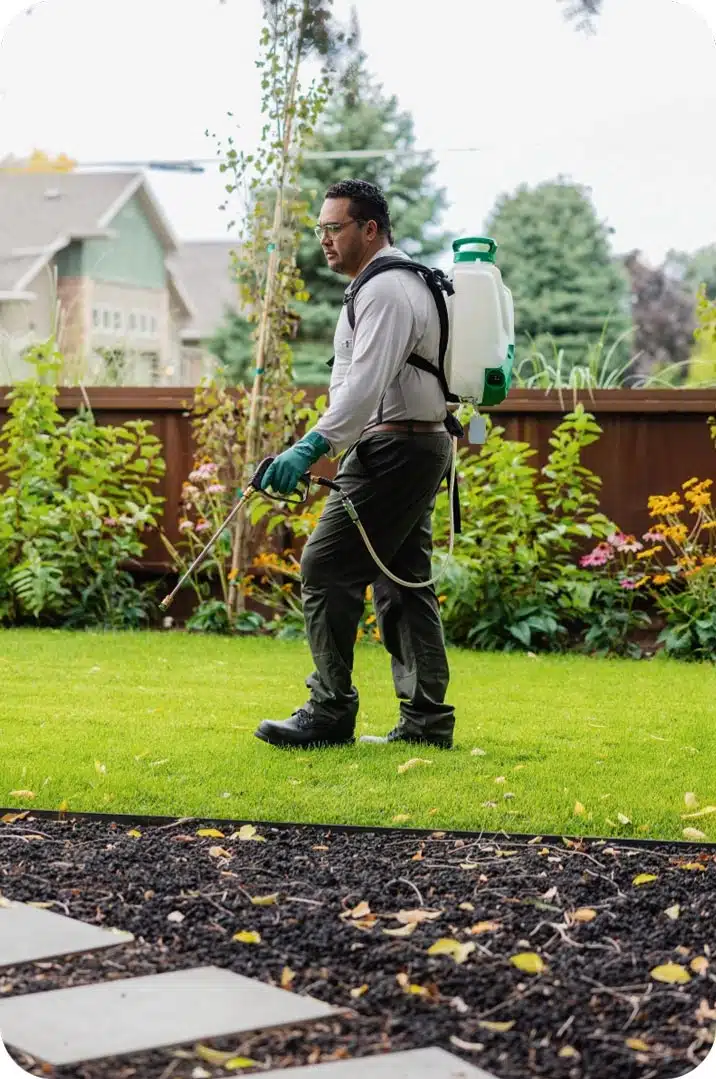Experienced A1 Exterminators Charlotte NC - Quick and Trustworthy Solutions
Wiki Article
Bed Pest Treatment Malfunction: Comparing Chemical Vs. Non-Chemical Solutions
In the realm of parasite control, specifically when dealing with the relentless problem of bed pests, the option in between chemical and non-chemical therapy solutions can be a crucial one. Both methods supply unique benefits and drawbacks, influencing variables such as performance, safety and security factors to consider, and total cost. By taking a look at the nuanced information of each approach, a clearer understanding of which course to go after in attending to a bed insect infestation can be attained.Performance of Chemical Treatments
Chemical treatments for bed pest invasions have been extensively recognized for their fast and potent efficiency in eradicating these insects. When considering the effectiveness of chemical therapies, it is important to comprehend that they can supply a extensive and fast remedy to a bed insect trouble.Additionally, chemical therapies have the benefit of using residual impacts, meaning that they can proceed to eliminate bed insects also after the preliminary application. This recurring activity is particularly advantageous in combating any kind of potential re-infestations. In addition, the rapid action of chemical therapies can bring relief to individuals encountering severe bed insect infestations, permitting them to reclaim control of their living spaces rapidly.
Safety And Security Interest In Chemical Solutions
One crucial facet that needs careful factor to consider when utilizing chemical remedies for bed insect therapy is making sure the safety of owners and the atmosphere. Direct exposure to specific chemicals used in bed insect treatments can lead to respiratory system issues, skin irritability, or other adverse responses, particularly in individuals with pre-existing problems or level of sensitivities.In addition, the environmental influence of chemical remedies is another significant factor to consider. Some chemicals utilized in bed insect treatments may be hazardous to advantageous pests, wild animals, and ecological communities if they seep right into the dirt or water supply. It is necessary to utilize chemical therapies deliberately, following safety and security standards, and taking into consideration less hazardous alternatives to mitigate these dangers and guarantee the reliable and safe administration of bed pest infestations.
Advantages of Non-Chemical Techniques
Considering the potential safety issues and ecological effect associated with chemical solutions for bed pest treatment, exploring non-chemical strategies provides a promising choice with several distinct advantages. Non-chemical treatments are ecologically friendly, as they do not contribute to air or water pollution, making them a lasting selection for bug control.Furthermore, non-chemical options can be effective in targeting bed bugs, consisting of hard-to-reach locations where chemical treatments may not penetrate. Techniques such as heat treatment, vacuuming, vapor cleansing, and cushion coverings supply complete obliteration without using harmful chemicals. Furthermore, non-chemical methods can be much less disruptive, needing marginal preparation and enabling quicker reentry right into treated areas. On the whole, going with non-chemical bed insect therapy methods not just focuses on safety and environmental defense but likewise ensures thorough and efficient insect control.
Limitations of Non-Chemical Treatments

In addition, non-chemical treatments commonly call for multiple applications to accomplish effective obliteration. This can be time-consuming and may not constantly assure complete elimination of all bed insects and their eggs, specifically in hard-to-reach or hidden locations.
Moreover, the success of non-chemical go to this website therapies greatly counts on proper implementation and thoroughness, which can be challenging for individuals without professional experience. Inadequate application of non-chemical methods may lead to incomplete elimination, bring about relentless infestations and the need for additional treatments.
For that reason, while non-chemical treatments have their benefits, it is vital to acknowledge these limitations and consider them when identifying the most effective method for taking care of bed pest invasions.
Price Comparison: Chemical Vs. Non-Chemical Options
Provided the limitations associated with non-chemical therapies, an essential aspect to examine in the context of bed pest monitoring is the expense contrast between chemical and non-chemical alternatives. In contrast, non-chemical treatments like warmth treatment or vapor can be much more pricey, with costs ranging from $1,000 to $6,000 for a whole home. While the first price of chemical treatments might appear reduced, multiple therapies may termite treatment inside house be needed to totally eradicate the invasion, possibly enhancing the total cost.Final Thought

Taking into consideration the prospective safety problems and environmental effect linked with chemical solutions for bed insect treatment, discovering non-chemical strategies provides an appealing choice with numerous distinctive advantages.Provided the limitations linked with non-chemical treatments, a vital facet to assess in the context of bed insect management is the expense comparison in between chemical and non-chemical alternatives. In comparison, non-chemical therapies like heat therapy or steam can be more expensive, with prices varying from $1,000 to $6,000 for a whole home. While the preliminary price of chemical treatments may seem lower, several therapies might be called for to fully get rid of the problem, news potentially boosting the total price.In final thought, when contrasting chemical and non-chemical bed insect therapy alternatives, it is essential to consider effectiveness, safety, advantages, restrictions, and expense.
Report this wiki page